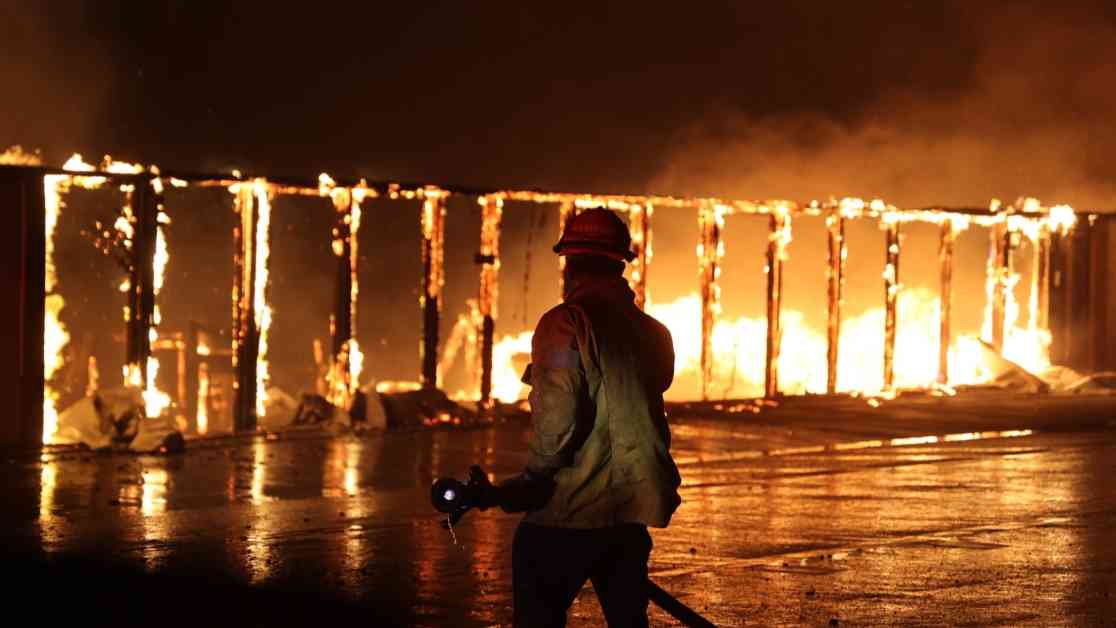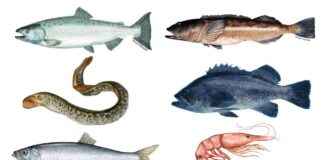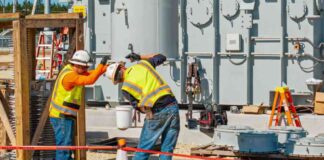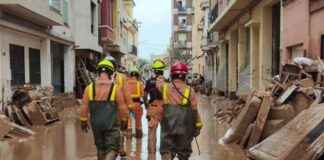Uncovering the Mystery of Wildfire Ignition Triggers
Amid what could be among the most devastating wildfire events in American history, the causes of the blazes that ravaged Los Angeles last week remain shrouded in uncertainty. With over 12,000 structures destroyed, hundreds of thousands displaced, and at least two dozen lives lost, the consequences of these fires are profound.
The Quest for Answers
As the Santa Ana winds continue to fan the flames this week, critical questions persist: What sparked these fires, and could they have been prevented? Speculations abound, from wind-felled power lines to smoldering embers from previous fires. However, the exact triggers may elude us for months, as Ginger Colbrun from the U.S. Bureau of Alcohol, Tobacco, Firearms and Explosives notes. The intricate nature of fire research poses significant challenges in pinpointing the exact causes, especially when high temperatures obliterate crucial evidence.
The Role of Artificial Intelligence
In a bid to unravel the mystery of wildfire ignition triggers, the U.S. Forest Service is collaborating with computer scientists to harness the power of artificial intelligence. Recent studies have identified human activity as the primary driver behind a staggering 80% of wildfires in Western states, underscoring the need for innovative solutions. By leveraging technology to predict potential causes and educate the public, researchers like Karen Short from the Forest Service aim to enhance prevention efforts and foster community resilience.
Looking Towards the Future
The evolving landscape of wildfire trends underscores the urgency for proactive measures to mitigate risks. From downed power lines to accidental ignitions, understanding the shifting dynamics of fire outbreaks is crucial for safeguarding our communities against the ravages of climate change. By embracing cutting-edge research and leveraging AI capabilities, we may pave the way for a safer, more resilient future in the face of escalating wildfire threats.
Humanizing Touch:
Imagine waking up one morning to the acrid scent of smoke in the air, the sky painted a menacing shade of orange by encroaching flames. As you hastily gather your loved ones and flee your home, the fear and uncertainty claw at your heart. The devastating impact of wildfires transcends statistics and headlines, leaving indelible scars on lives and landscapes alike. How can we work together to prevent such tragedies and protect our communities for generations to come?














